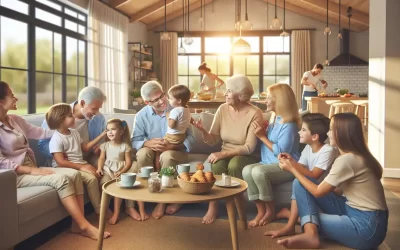What is scale in interior design?
Scale in interior design refers to the size and proportion of objects in relation to one another and the space they occupy. It is a fundamental principle that can greatly impact the overall aesthetic and functionality of a room. Understanding scale allows designers to create harmonious and visually pleasing compositions. It involves carefully selecting furniture, artwork, and accessories that are appropriately sized for the space and each other. By playing with scale, designers can create a sense of balance, highlight focal points, and create a sense of drama or intimacy in a room. It’s important to note that scale is not just about size, but also about how objects relate to each other and the surrounding environment.
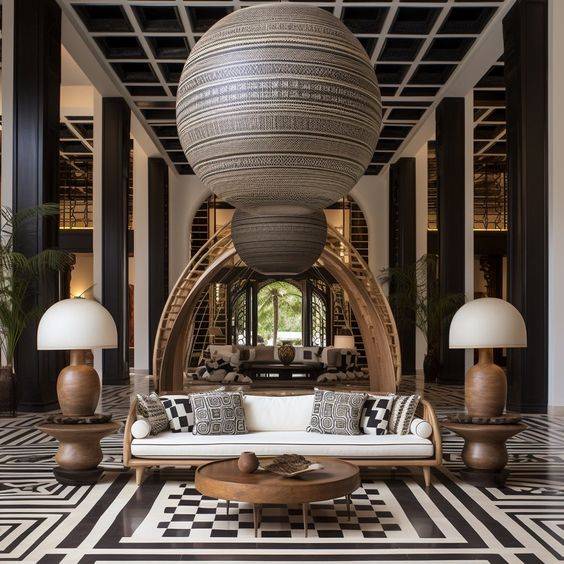
The importance of scale in interior design
Scale is a fundamental principle in interior design that can greatly impact the overall aesthetic of a space. Understanding and mastering scale is essential for creating a harmonious and visually appealing environment. By carefully considering the size and proportion of furniture, accessories, and architectural elements, designers can create a sense of balance and hierarchy within a room. Playing with scale allows for the creation of focal points, the establishment of a cohesive design theme, and the optimization of functionality. Whether it’s a small apartment or a grand mansion, the proper use of scale can transform any space into a stunning and inviting oasis.
How to play with scale to create visual interest
Playing with scale in interior design is a powerful technique that can elevate the visual interest of a space. By intentionally manipulating the size and proportions of furniture, accessories, and architectural elements, designers can create a dynamic and captivating environment. For example, pairing oversized furniture with delicate accents can create a sense of drama and intrigue. Conversely, using small-scale accessories in a large room can add a whimsical touch. Understanding how to balance and juxtapose different scales can transform an ordinary space into a visually stunning masterpiece.
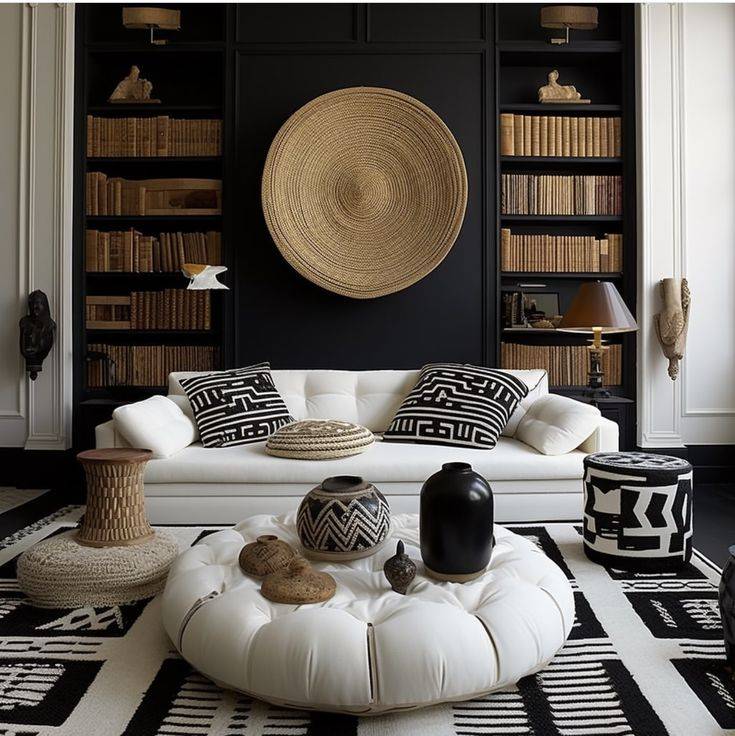
Using scale to define different areas in a space
Using scale is a powerful tool in interior design that can be used to define different areas within a space. By playing with the size of furniture, accessories, and architectural elements, designers can create visual interest and establish distinct zones in a room. For example, using larger furniture pieces can make a seating area feel cozy and intimate, while incorporating smaller pieces can create a sense of openness and spaciousness. Additionally, contrasting scales can be used to highlight specific features or draw attention to focal points in a room. Understanding how to effectively manipulate scale allows designers to create dynamic and harmonious spaces that not only look visually appealing but also function optimally.
Balancing scale with other design elements
Balancing scale with other design elements is a key aspect of creating a visually appealing and harmonious interior space. When working with different scales, such as large furniture pieces or oversized artwork, it is important to consider how they interact with other elements in the room. By carefully selecting complementary colors, textures, and patterns, you can create a balanced and cohesive overall design. Additionally, incorporating varying scales can add visual interest and depth to a space, creating a dynamic and inviting atmosphere. Mastering the art of balancing scale in interior design allows you to create rooms that are not only functional but also visually stunning.
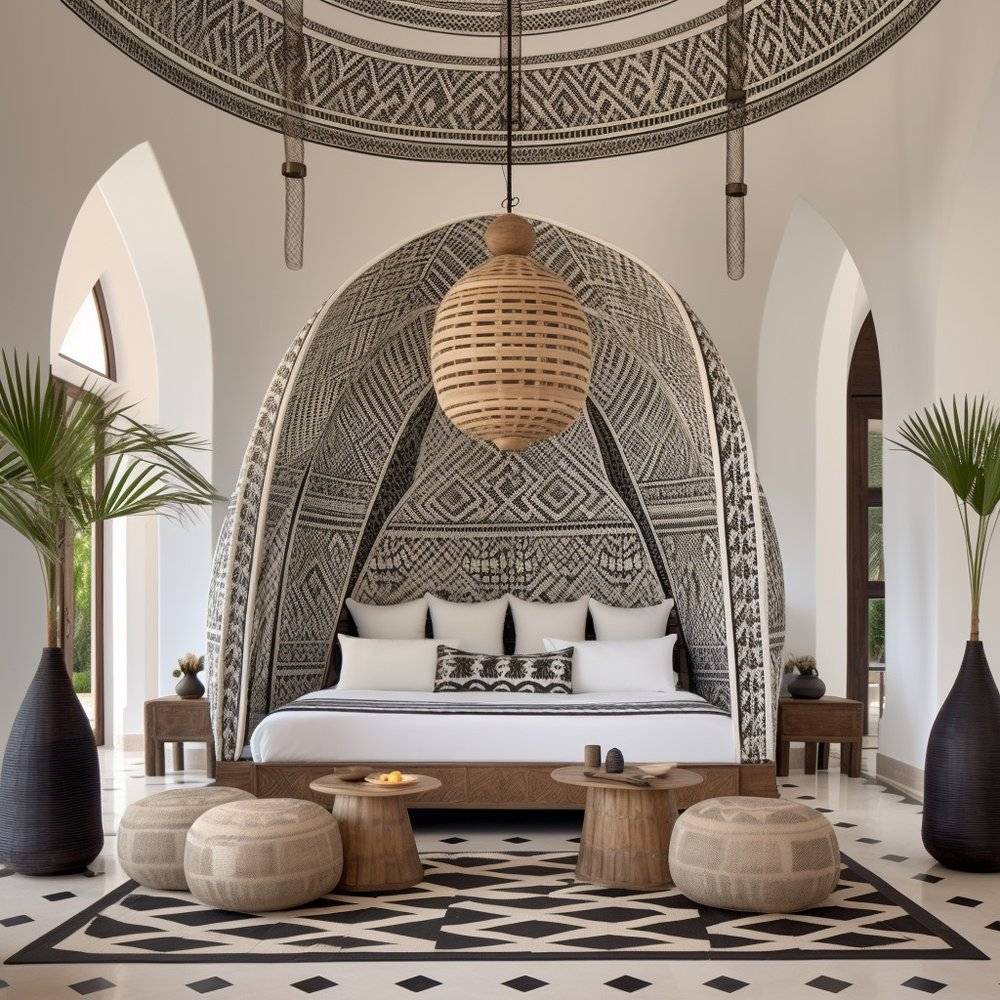
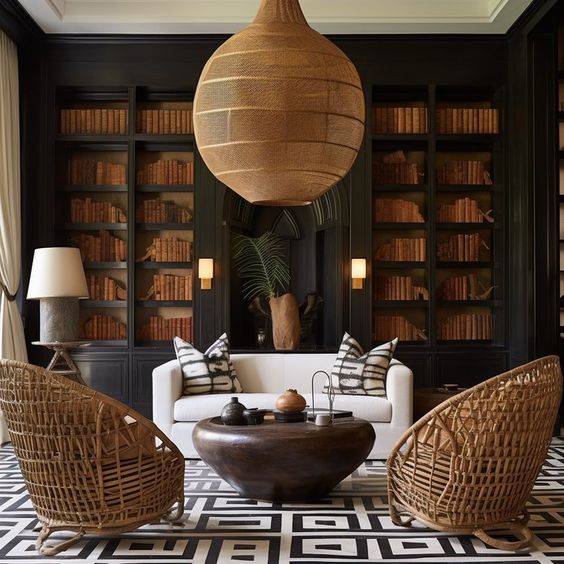
Incorporating oversized or undersized furniture
Incorporating oversized or undersized furniture is a clever way to play with scale in interior design. By intentionally using furniture that is larger or smaller than expected, you can create visual interest and add a unique touch to your space. Oversized furniture can make a statement and create a sense of grandeur, while undersized furniture can make a room feel cozy and intimate. However, it is important to be mindful of the overall balance and proportion in the room to ensure that the furniture doesn’t overwhelm or underwhelm the space. By carefully selecting and placing oversized or undersized pieces, you can create a visually dynamic and inviting interior.
Using scale to create a focal point in a room
Creating a focal point in a room is a fundamental aspect of interior design, and using scale is a powerful tool to achieve this. By playing with scale, you can draw attention to a specific area or object, instantly capturing the viewer’s eye. One effective technique is to incorporate oversized furniture or artwork, which not only adds drama and visual interest but also creates a sense of grandeur. Conversely, you can also use smaller elements to create contrast and highlight a particular feature. Understanding how scale can impact the overall composition of a space allows you to manipulate the viewer’s perception and create a captivating focal point that truly enhances the room.
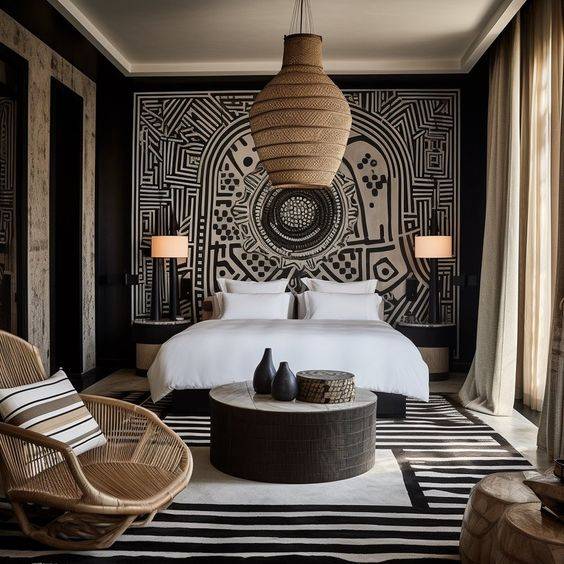
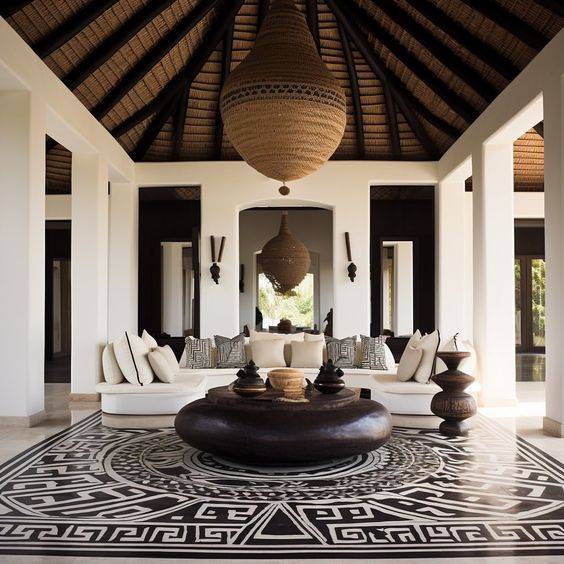
Playing with scale through lighting and accessories
Playing with scale in interior design is a powerful technique that can transform a space and create visual interest. While many people focus on furniture and decor when considering scale, lighting and accessories are often overlooked. By strategically choosing lighting fixtures and accessories of different sizes, you can add depth and dimension to a room. For example, pairing a large pendant light with smaller table lamps can create a sense of balance and harmony. Additionally, incorporating oversized accessories, such as a large mirror or statement artwork, can make a bold statement and draw attention to specific areas. By understanding and utilizing the principles of scale, you can create a visually stunning and well-balanced interior design.
Avoiding common mistakes when working with scale
When it comes to interior design, playing with scale can make a big impact on the overall aesthetic of a space. However, it’s important to avoid common mistakes that can throw off the balance and harmony of a room. One common mistake is using furniture or decor that is too large or too small for the space. This can make the room feel cramped or empty, and can throw off the proportions of the design. Another mistake is not considering the scale of different elements within the room. For example, using a large, bold pattern on a small piece of furniture can overwhelm the space. By understanding the principles of scale and carefully selecting and arranging furniture and decor, you can create a visually pleasing and well-balanced interior design.
Conclusion: The impact of scale on interior design
The impact of scale on interior design cannot be understated. Whether it’s a small space or a grand room, understanding how to play with scale can make or break the overall design. By carefully choosing furniture, accessories, and artwork that are proportionate to the size of the room, you can create a harmonious and visually pleasing space. Contrasting scales can also be used strategically to add drama and interest. So, next time you’re designing a room, consider the impact of scale and watch as your space transforms into a stunning masterpiece.
photo credit: baptiste bohu
Take the first step towards creating your dream space. Weather you are a couple with multiple homes looking for a decorator near you, a hotelier doing a redesign, or a developer looking for top-notch interior design services near you, Rachel Blindauer and her team are here to bring your vision to life. With our wealth of experience and expertise, we can create stunning and functional spaces that exceed your expectations and bring you to a new height of design and sophistication.
GET STARTED TODAY
Let Rachel Blindauer help you think through your project starting with a complimentary consultation.
SOMETHING FOR EVERYONE
Rachel’s curated collection of furniture, decor, and kitchen items accessible through Amazon.

